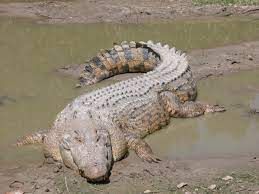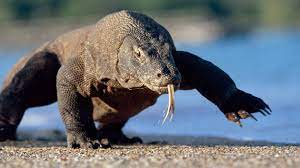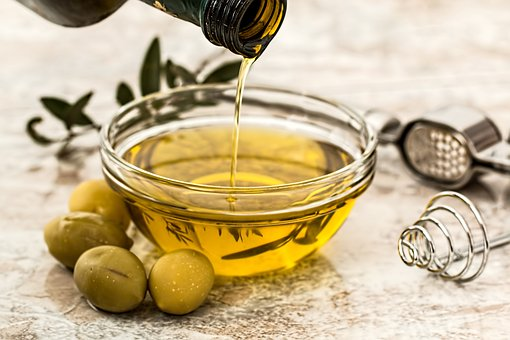Top 15 Most Dangerous Animal In The World
Nature is a diverse and amazing entity that is home to countless species of animals. Some of these creatures, however, can be incredibly dangerous to humans and other animals alike. In this blog, we will be discussing the ten most dangerous animals in the world, based on factors such as their venom, strength, speed, and other deadly characteristics.
1.Saltwater Crocodile:
The saltwater crocodile is the largest reptile in the world and can grow up to 20 feet in length. These crocodiles are found in the waters of Southeast Asia and Australia and are known for their aggressive behavior towards humans. Saltwater crocodiles can move quickly on land and in water, making them deadly predators.
2.Box Jellyfish:
Box jellyfish are found in the waters of the Pacific and Indian oceans and are considered to be one of the most venomous creatures in the world. Their tentacles are covered in thousands of tiny venomous darts that can cause heart failure in humans, making them incredibly dangerous.
3.African Elephant:
African elephants are the largest land animals in the world and can weigh up to 14,000 pounds. They are known for their aggressive behavior and have been known to charge and attack humans when they feel threatened.
4.Mosquito:
The mosquito may be small, but it is responsible for more human deaths than any other animal in the world. Mosquitoes carry deadly diseases such as malaria, Zika virus, and dengue fever, making them incredibly dangerous to humans.
5.Hippopotamus:
Hippos may look cute, but they are incredibly dangerous animals, responsible for more human deaths in Africa than any other large animal. They can run at speeds of up to 30 miles per hour and are known for their aggressive behavior.
6.Cone Snail:
Cone snails are found in the waters of the Indo-Pacific region and are considered to be one of the most venomous creatures in the world. Their venom can cause paralysis and death in humans, making them incredibly dangerous.
7.Poison Dart Frog:
The poison dart frog is one of the most colorful creatures in the world, but also one of the most dangerous. Their skin secretes a deadly toxin that can cause paralysis and death in humans.
8.Cape Buffalo:
The Cape buffalo is found in Africa and is known for its aggressive behavior. They have been known to attack humans without provocation, making them incredibly dangerous.
9.Great White Shark:
The great white shark is the largest predatory fish in the world and is responsible for more human deaths than any other shark species. They can grow up to 20 feet in length and have incredibly powerful jaws.
10.Komodo Dragon:
The Komodo dragon is the largest lizard in the world and is found in the islands of Indonesia. They have powerful jaws and sharp teeth that are capable of killing humans and other animals.
11.Black Mamba:
The black mamba is a highly venomous snake found in sub-Saharan Africa. They are known for their speed and aggression, and their venom can cause respiratory failure, making them one of the most dangerous snakes in the world.
12.Pufferfish:
Pufferfish are found in the waters of the Pacific, Indian, and Atlantic oceans and are considered to be one of the most poisonous fish in the world. Their organs contain a deadly toxin that can cause paralysis and death in humans.
13.Tiger:
Tigers are the largest cats in the world and are found in Asia. They are known for their strength and agility, and have been known to attack humans when they feel threatened.
14.Australian Funnel-Web Spider:
The Australian funnel-web spider is one of the most venomous spiders in the world. Their venom can cause paralysis and death in humans, making them incredibly dangerous.
15.Cone Snail:
The cone snail is a small, colorful sea creature found in the warm waters of the Pacific and Indian oceans. They are considered to be one of the most venomous creatures in the world and their venom can cause paralysis and death in humans.
While encountering these dangerous animals in the wild is rare, it is important to be aware of their presence and take precautions to avoid contact with them. It is also important to respect their habitats and not disturb them in order to reduce the risk of dangerous encounters.















Comments
Post a Comment